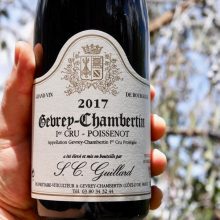
Product information
Domaine SC Guillard Gevrey-Chambertin 1er Cru ‘Poissenot’ 2017
Pinot Noir from Gevrey-Chambertin, France, Côte-de-Nuits, Burgundy
$210
Description
The Poissenot is deeply colored, the nose is deep and alluring with black fruits, spice and a lick of new wood. The palate is loaded with silky and deeply structured tannins that coat the entire palate. This wine will reward long cellaring. Drink 2030-2050
Only 2 left in stock
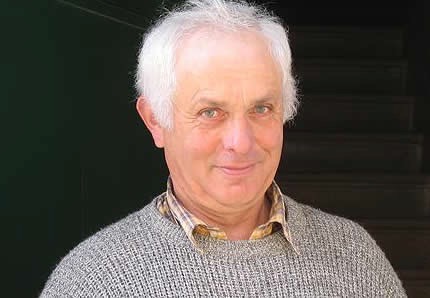
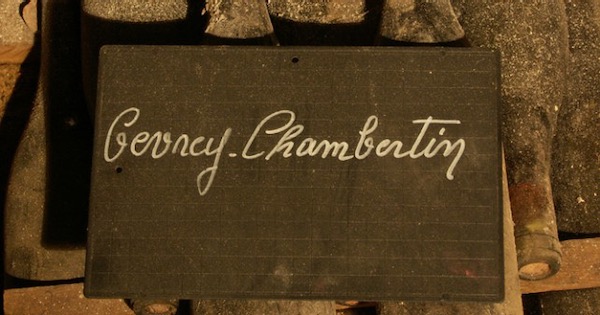
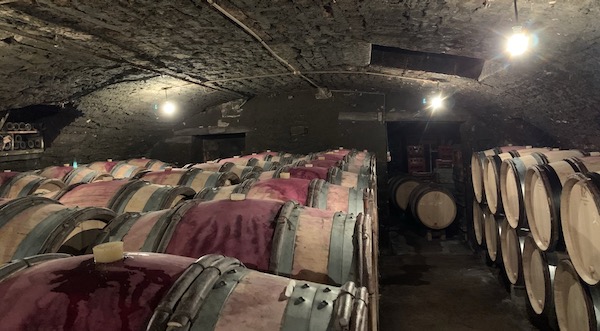
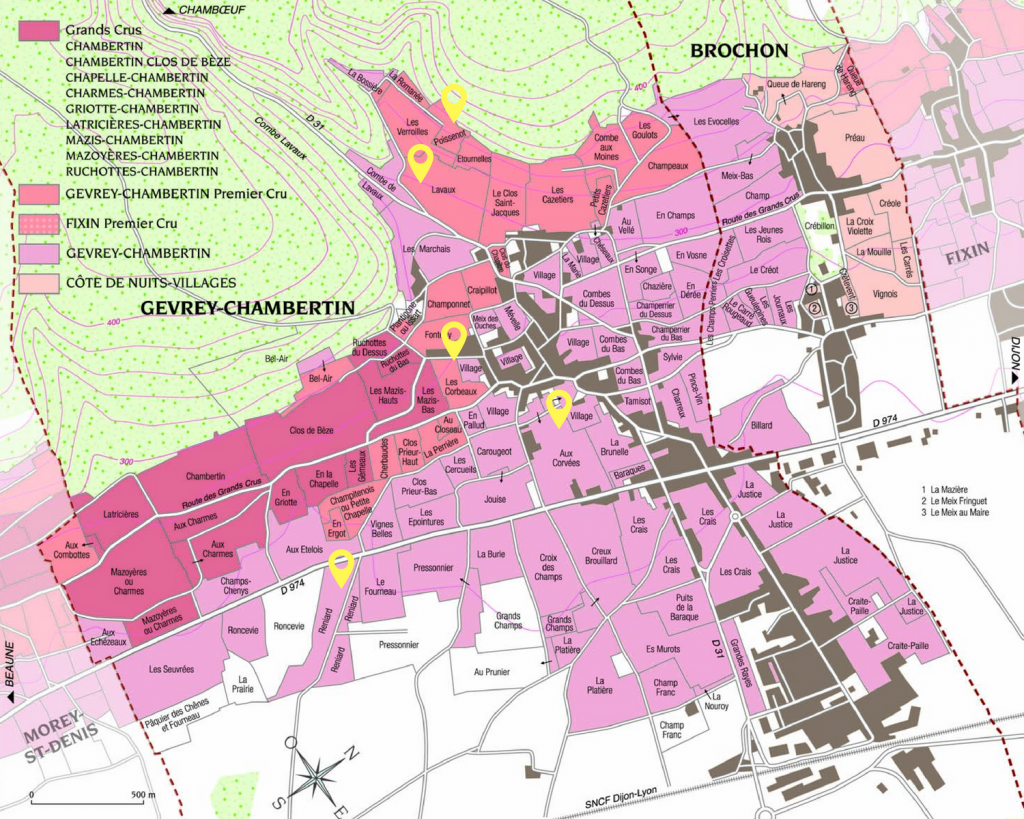

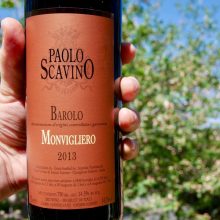
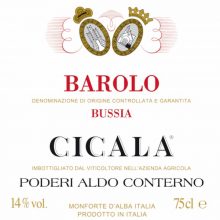
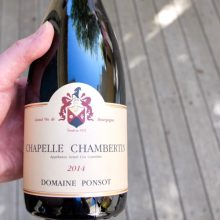
You must be logged in to post a comment.